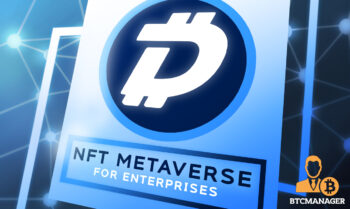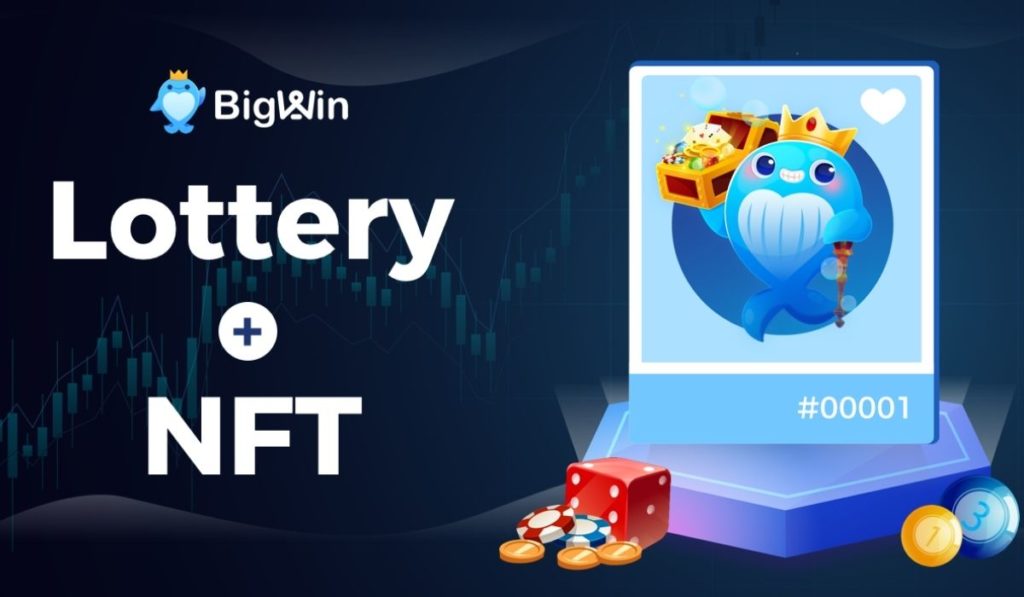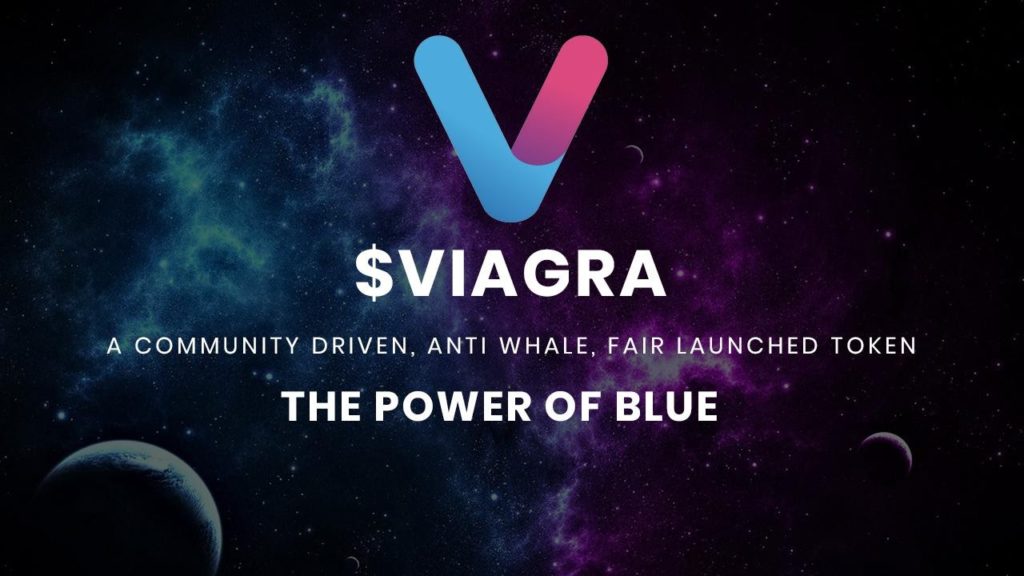2021-12-27 22:04 |
In October cryptocurrency analytics company Moonstream released data about the real state of the NFT market, reporting that from April through nearly the end of September 16.71% of all NFT holders on Ethereum owned 80.98% of all NFTs. The company analyzed more than 700,000 addresses and more than 7 million tokens. Therefore, the sample size for this study cannot be considered insufficient to understand the situation in the NFT market.
The report released on October 21, led to a huge stir on the part of the holders of such tokens. In the minds of many, the concentration of assets in the hands of a limited number of holders is akin to monopolizing the market, establishing new “rules of the game.”
But before succumbing to this panic and paper-handing valuable NFTs, holders should consider whether this situation is really out of the ordinary. So it’s worth comparing these numbers to the figures outside the NFT realm and figuring out how’s the Pareto Principle is relevant here.
The Pareto PrincipleThe greatest minds have been doing mathematical calculations at the intersection of economics and sociology for centuries. Zipf’s Law, Juran’s Rule, and other theories about the unequal distribution of goods come from one underlying theory: the Pareto Principle.
Vilfredo Pareto considered the distribution of wealth and income in nineteenth-century England. The scholar found that most income and wealth belonged to a minority of people in the studied groups. For that time, this was not really so surprising. However, Pareto also established two very remarkable facts. The first implied that there is a constant mathematical relationship between the size of a group of people and the share of wealth or income controlled by that group.
In other words, if it is known that 20% of the population owns 80% of the wealth, then it is safe to say that 10% of the population owns about 65% of the wealth, and 5% of the population owns 50%. For Pareto, the main point was not the percentage figures, but the fact that the distribution of wealth among the population was predictably unbalanced.
The second fact is that this pattern of imbalance remains the same for statistics relating to different periods and different countries. This rule applies to data for England for any period of its history or data for other countries for different periods.
Many examples of the 80/20 principle can be found in the field of business. 20% of a product line typically generates 80% of total sales. The same can be said about clients as 20% of the customers usually generate 80% of a company’s profits.
These examples stay true in today’s society as well. 20% of criminals are responsible for 80% of crimes; 20% of drivers are responsible for 80% of traffic accidents. 80% of the time people wear 20% of the clothes they have. 80% of all false alarms when an anti-theft system is triggered are a result of 20% of the possible causes.
Different markets — the same logicIt would be illogical to think that ERC 721 tokens should not be influenced by the same principles as they are becoming a part of the world’s economy. Conversely, falling under this rule for NFT could mean that tokens and crypto-assets enter everyone’s life.
The recent surge in cryptocurrency prices was triggered by the increased interest from institutional investors. It showed the market was ready to accept tokens as a financial instrument. The fact non-fungible tokens fall under the Pareto Principle confirms they are perceived by both private owners and large investors as an opportunity to save and multiply their capital.
The 80/20 principle contradicts what people used to think was logical. It is usually expected that all factors have approximately the same value. All customers are equally valuable to us. Every transaction, every product, and every dollar raised is just as good as the others. All employees in a single category bring approximately the same value. All papers or phone calls should be treated with equal attention. All opportunities are equally valuable, so it doesn’t matter which one we choose.
People subconsciously believe that 50% of the reasons or invested resources will produce 50% of the results. It may seem that cause and effect are more or less equally balanced. Of course, this is sometimes the case. However, the “50/50 error” is one of the most misguided, damaging, and deeply mentally ingrained.
The 80/20 principle ensures that when the actual ratio becomes known, the observer is surprised by the level of that imbalance. Whatever the actual level of imbalance turns out to be, it is likely to exceed expectations.
This is what happened when Moonstream published the statistics. Many NFT traders did not doubt the presence of big players in this market. However, everyone was shocked and frightened by such asset concentration in the hands of a limited number of players.
Will the distribution of shares change in the future?It is possible to find many minor reasons not to take this research seriously. For instance, the agency only looked at tokens in the Ethereum network. Many of the holders could turn out to be trading platforms, marketplaces and clearinghouses. Keep in mind that the analysis was conducted only among ERC 721 tokens and does not include data from layer 2 networks such as Polygon.
The 80/20 ratio is present in many sectors of finance. Therefore, NFT investors should not consider this to be something exceptional or threatening. Many systems with the same level of asset concentration have continued to perform and serve the interests of all participants for centuries. This rate may change slightly as DeFi technology is implemented. With that said, as new users with small amounts of funds in their crypto wallets come in, large new investment funds can be expected to come in as well.
The post Should investors care? 80% of all NFTs belong to 17% of addresses appeared first on CryptoSlate.
origin »Allion (ALL) на Currencies.ru
|
|






















